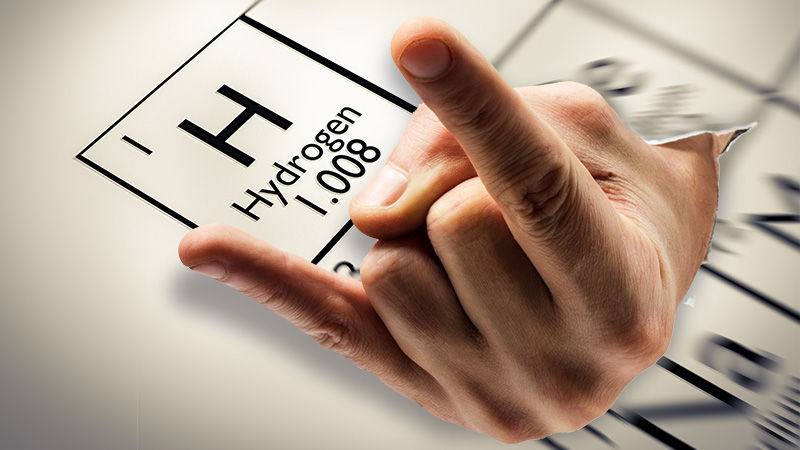https://arstechnica.com/science/2017/01/80-years-late-scientists-finally-turn-hydrogen-into-a-metal/
Much more at the jump above.
Much more at the jump above.
If you don't go far enough in chemistry, it's easy to get the impression that metallicity is an innate property of certain elements. But "metallic" is simply defined as substances with electrons that can move around easily. These electrons give metals properties like good conductivity and an opaque, shiny appearance. But these traits are not exclusive to specific elements; carbon nanotubes can be metallic, and elements like sulfur become metallic under sufficient pressure.
In 1935, scientists predicted that the simplest element, hydrogen, could also become metallic under pressure, and they calculated that it would take 25 GigaPascals to force this transition (each Gigapascal is about 10,000 atmospheres of pressure). That estimate, in the words of the people who have finally made metallic hydrogen, "was way off." It took until last year for us to reach pressures where the normal form of hydrogen started breaking down into individual atoms—at 380 GigaPascals. Now, a pair of Harvard researchers has upped the pressure quite a bit more, and they have finally made hydrogen into a metal.
All of these high-pressure studies rely on what are called diamond anvils. This hardware places small samples between two diamonds, which are hard enough to stand up to extreme pressure. As the diamonds are forced together, the pressure keeps going up.






